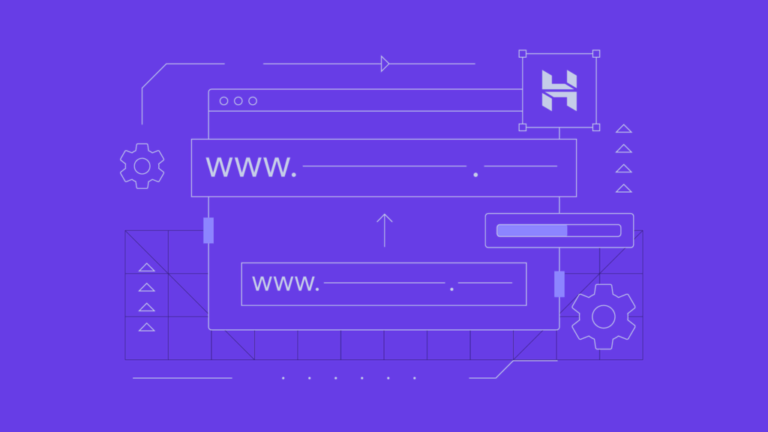Security experts recommend monitoring CPU usage and running temperature diagnostics using tools like Core Temp or HWMonitor. Sudden spikes in CPU activity, especially when the computer is idle, may suggest that cryptojacking scripts are present.
What is Cryptojacking?
Cryptojacking refers to the unauthorized use of someone else’s computing resources to mine cryptocurrency, often without their knowledge. While many are familiar with cryptocurrencies like Bitcoin, fewer understand the complex methods cybercriminals employ to mine these digital assets using unsuspecting victims’ hardware. Mining cryptocurrency involves solving intricate mathematical problems using powerful hardware, which consumes significant amounts of electricity and computing power.
Moreover, cryptojacking often bypasses traditional malware detection tools, making it harder to identify and mitigate. According to McAfee’s Threat Report 2024, cryptojacking attacks that evaded detection grew by 60% in the past year alone.
Cryptojacking is poised to be an even greater threat in 2025, as the growing use of cryptocurrencies and decentralized finance (DeFi) platforms continues to attract cybercriminals. With the increasing reliance on cloud services and IoT devices, the attack surface for cryptojackers is expanding rapidly. As hacking techniques become more sophisticated, it’s crucial for both individuals and businesses to stay vigilant against these evolving threats. Understanding how cryptojacking works and taking proactive steps to recognize and prevent it will be key to safeguarding systems and resources in the years to come.
How Does Cryptojacking Work?
Experts predict that cryptojacking will become even more sophisticated in the years to come, particularly as the world moves deeper into the Web3 era. Decentralized finance (DeFi) and the rise of new cryptocurrencies will present fresh opportunities for cybercriminals. Furthermore, with quantum computing on the horizon, mining operations are expected to scale dramatically, potentially leading to new forms of cryptojacking.
- Email Phishing: Hackers send phishing emails that appear to be from trusted entities. These emails trick users into clicking malicious links, which automatically download cryptomining software onto their devices.
- Drive-by Downloads: Cryptojackers inject cryptomining scripts into websites. When users visit these sites, the scripts begin mining cryptocurrency without any downloads or interactions from the user.
- Server Exploits: By exploiting vulnerabilities in server software, hackers inject cryptomining scripts into servers, allowing them to leverage powerful hardware and mine at an industrial scale. In a notable case, attackers used Jenkins servers to mine $3.5 million worth of cryptocurrency over 18 months.
Cryptojacking may not be as overtly destructive as ransomware, but it’s a significant threat that can drain your resources and affect your bottom line. By following best practices—strengthening email security, using anti-mining tools, and keeping systems updated—you can significantly reduce the risk of becoming a victim. The importance of remaining vigilant and updating your security protocols as we head into 2025 cannot be overstated.
What Damage Does Cryptojacking Cause?
Due to the cost-prohibitive nature of mining—equipment costs and high energy consumption—hackers have found cryptojacking to be a lucrative alternative. By secretly leveraging other people’s devices, they can mine crypto essentially for free. “With cryptocurrencies like Bitcoin expected to see continued growth in 2025, the incentives for cryptojackers to exploit vulnerable systems will remain high,” says Ryan Smith, Chief Technology Officer at CyberTech Security.
Although cryptojacking might seem less harmful than ransomware or data breaches, its impact can still be significant. Cryptojacking malware can severely degrade computer performance by using excessive CPU resources, often leading to overheating or even physical damage to hardware. For businesses, this loss in productivity can result in thousands of dollars in operational inefficiencies.
While cryptojacking can be difficult to detect, there are key indicators that individuals and businesses should look out for:
Recognizing Cryptojacking
“Cryptojacking in 2025 will be far more covert and powerful, targeting both edge devices and centralized cloud systems. We need to rethink our approach to cybersecurity entirely,” says Jeremy Goldstein, Cyber Defense Strategist at InfoSec Labs.
- Sluggish Performance: A sudden drop in computing speed can indicate that cryptomining scripts are running in the background.
- Frequent Crashes: Repeated crashes, especially during high-resource tasks like gaming or video editing, may indicate an underlying cryptomining infection.
- Overheating: Overworked CPUs generate more heat. A hot computer, especially if it feels unusually warm, could signal that your system is being used for cryptojacking.
- Rapid Battery Drain: For laptop users, a faster-than-usual battery drain when unplugged can be a sign that cryptomining malware is at work.
Cryptojacking operates similarly to other malware attacks such as ransomware. Hackers use various methods to deploy cryptomining software onto target devices. The most common methods include:
Preventing Cryptojacking in 2025
“Cryptojacking is a silent productivity killer. Businesses might not even realize why their systems are underperforming until it’s too late,” says Michael Parker, CEO of SecureTech Consulting.
- Strengthen Email Security: Phishing remains one of the primary vectors for cryptojacking attacks. Organizations should invest in comprehensive email filtering solutions and educate employees on how to recognize phishing attempts.”In 2025, phishing will still be the gateway to the majority of cryptojacking incidents. It’s not just about blocking malware—it’s about empowering users to detect suspicious content,” says Sarah Tran, Director of Cybersecurity Research at TechGuardians.
- Install Anti-Cryptomining Software: Browser extensions like AdBlocker Plus and specialized anti-crypto-mining tools can help block crypto mining scripts embedded in websites.
- Use VPN Services: A VPN can encrypt your traffic and prevent attackers from accessing your network via public Wi-Fi. Businesses should implement VPN solutions to ensure secure connections for remote employees.
- Keep Software Updated: Patching vulnerabilities regularly can prevent cryptojackers from exploiting outdated software. Cloud providers, in particular, are emphasizing security updates as a top priority for 2025.”Staying updated is key. Most cryptojacking attacks happen because companies fail to patch known vulnerabilities,” notes Dr. Richard Clarke, a leading cybersecurity advisor.
The Future of Cryptojacking
By Randy Ferguson

As cryptojackers continue to refine their techniques, it is more important than ever to implement a robust defense. Here are some proven strategies to stay ahead of the threat:
Recent reports from cybersecurity experts suggest that cryptojackers are also expanding their operations to target cloud-based systems, which have vast computational resources. According to Cybersecurity Ventures, cloud cryptojacking attacks are expected to increase by 20% annually through 2025, as businesses increasingly migrate their infrastructure to the cloud.






